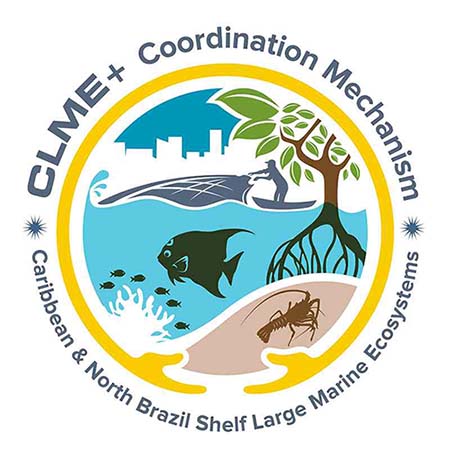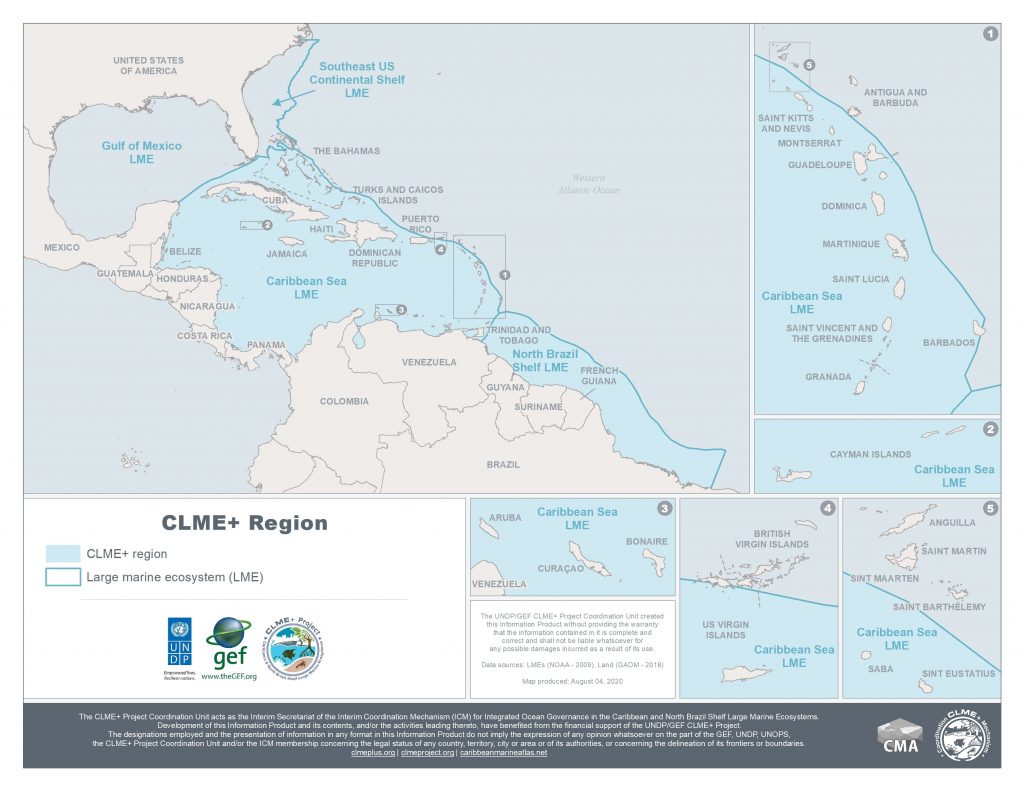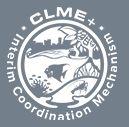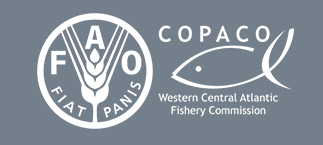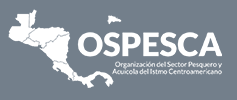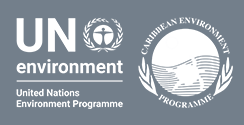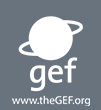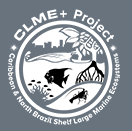Clme Region 3
The Wider Caribbean Region, as defined under the “Cartagena Convention” for the Protection and Sustainable Development of the Marine Environment, is composed of 3 Large Marine Ecosystems or LMEs:
- the Gulf of Mexico Large Marine Ecosystem
- the Caribbean Large Marine Ecosystem (CLME)
- the North Brazil Shelf Large Marine Ecosystem (NBLME)
The combination of the latter two LMEs is referred to as the CLME+ region. It is bordered by over 35 States and Territories: the Caribbean & North Brazil Shelf Large Marine Ecosystems. This vast marine area (4.4 million km2) is a major contributor to regional economic development and is key to many globally relevant ecological processes.
The CLME+ region corresponds to the combined area of the Caribbean and North Brazil Shelf Large Marine Ecosystems. The region is shared by 26 Sovereign States and 18 Overseas Territories.
The CLME+ region is regarded as one of the most geopolitically diverse and complex sets of LMEs in the world. The culturally diverse countries and territories that border this maritime area range from among the largest (e.g. Brazil, USA) to among the smallest (e.g. Barbados, St. Kitts and Nevis) and from the most developed to the least developed in the world.
Both the marine resources as well as key problems affecting these resources (overfishing, pollution, habitat degradation and climate change) are shared to a very large extent by the many territories that make up this region. Highly variable progress exists across the region with regard to ocean and living marine resources governance. Capacities for living marine resources management vary considerably at national, sub-regional and regional levels.
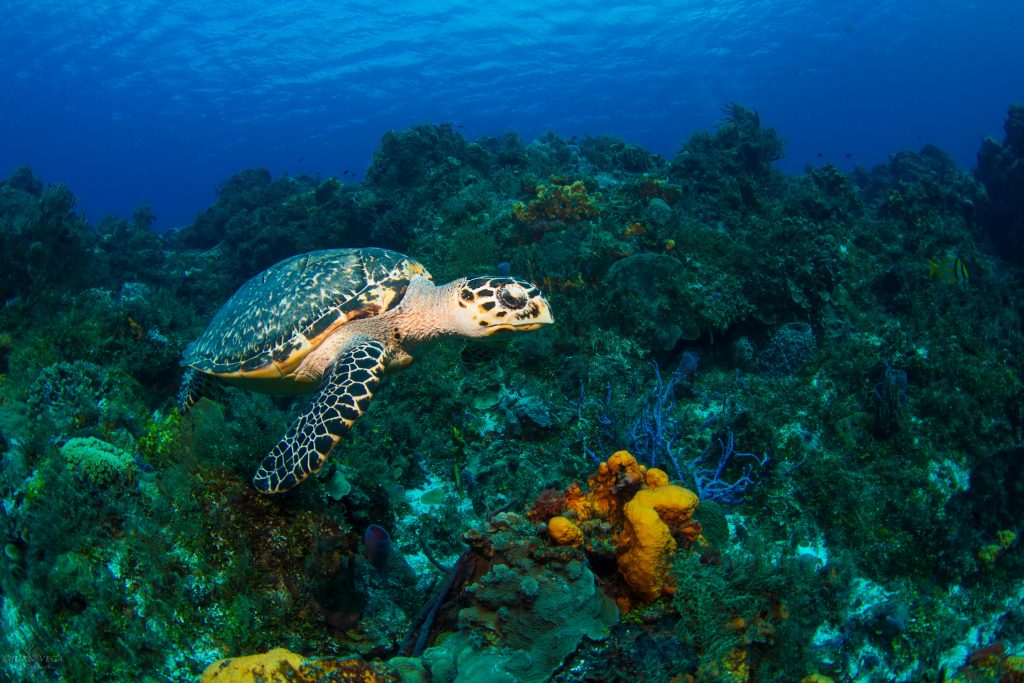

The CLME+ region occupies a globally highly relevant position in terms of its share in the total coverage of key tropical marine habitats known to deliver substantial contributions to globally important ecological processes. Approximately 10% of the world’s coral reefs, and around 20% of the world’s remaining mangrove forests are located within the CLME+ region.
In a similar way, it is estimated that at least 25 to 50% of the world’s seagrass beds would be located within the CLME+ region. Globally, mangrove forests, seagrass beds and salt marshes contribute almost 50% of the total organic carbon burial in ocean sediments, known as ‘blue carbon’.
As such, these habitats help in constraining the rise in atmospheric carbon dioxide, and provide nursery grounds for regionally and globally important fish stocks (Holmyard, N., 2014). Of high relevance for fisheries are also the continental shelf and pelagic ecosystems. Therefore, the CLME+ SAP focuses on three so-called “sub-ecosystems”: the coral reef, the pelagic and the continental shelf sub-ecosystems (Figure x).

Table x. CLME+ States, Territories, Associated States, Departments, Outermost Regions and Islands with a Special Status
Independent Continental States
Belize [1]
Brazil
Colombia
Costa Rica
Guatemala
Guyana [1]
Honduras
Panama
Mexico
Nicaragua
Suriname [1]
Venezuela
United States of America
Independent Island States
Antigua & Barbuda [1]
Bahamas, the [1]
Barbados [1]
Cuba [1]
Dominica [1]
Dominican Republic [1]
Grenada [1]
Haiti [1]
Jamaica [1]
St. Kitts & Nevis [1]
Saint Lucia [1]
St. Vincent & the Grenadines [1]
Trinidad & Tobago [1]
Overseas dependent territories, associated states, outermost regions, departments and island with a special status
Anguilla (United Kingdom)
Aruba [1,2]
Curaçao [2]
Bonaire [3]
British Virgin Islands (United Kingdom)
Cayman Islands (United Kingdom)
French Guiana[4] (France)
Guadeloupe [5] (France)
Montserrat (United Kingdom)
Martinique [5] (France)
Puerto Rico [6]
Saba [3]
St. Eustatius [3]
St. Barthélemy (France)
St. Maarten [2]
St. Martin [5] (France)
Turks and Caicos (United Kingdom)
U.S. Virgin Islands (United States of America)
[1] Low-lying coastal and/or Small Island Developing States (SIDS) as listed by the United Nations Department of Economic and Social Affairs; see http://sustainabledevelopment.un.org/index.php?menu=1522
[2] As of 10 October 2010, Holland, Aruba, Curaçao and St. Maarten are partners in the Kingdom of the Netherlands.
[3] The islands of Bonaire, Saba, and St. Eustatius have become “special municipalities” of Holland
[4] Outermost Regions (normally considered part of the European Union and subject to European law)
[5] Overseas Departments and Regions – Overseas Collectivities of France
[6] Puerto Rico is a Free Associated State of the United States
The region’s diversity in terms of historical backgrounds, cultures, languages, country and population size and political systems result in a complex geopolitical landscape at regional level, as is reflected in the existing regional political and economic integration mechanisms; for example the Central American Integration System (SICA), the Caribbean Community (CARICOM), the Organisation of Eastern Caribbean States (OECS), and the Association of Caribbean States (ACS).
IOC-UNESCO and UNEP (2016) estimated that more than 70 million people lived in coastal areas of the Caribbean Sea and more than 30 million in the Gulf of Mexico in 2010. From those, more than 12 millions live below the national poverty line. The NBS LME is much less populated, with about 1.5 million people living within 100 Km to the coast, from which at least 250 000 are poor. Their income is generated mainly through economic activities that are based on living marine resources, for example small-scale fisheries. While this type of fisheries is directed to local markets and subsistence, some types of fisheries are targeted to “iconic species” like the Queen Conch and Spiny Lobster, which are unique to the region and highly valued by tourists and visitors.
